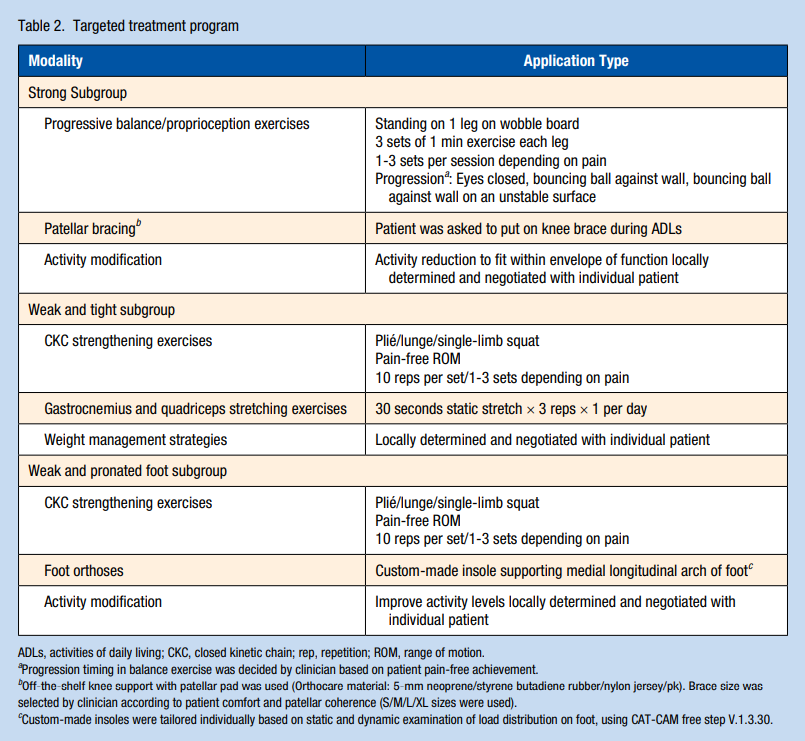Effect of dry needling on lumbar muscle stiffness in patients with low back pain: A double blind, randomized controlled trial using shear wave elastography
Reviewed by Jerome Thomas, SPT, Tyler Tice, PT, DPT, OCS, ATC
Dry needling is an innovative treatment technique utilized by various healthcare practitioners such as physical therapists, physicians, and chiropractors. Dry needling is implemented by inserting needles into painful areas of muscle perceived to have motor abnormalities in an attempt to restore normal muscle function and alleviate higher levels of pain. These painful areas of muscle are more commonly referred to as myofascial trigger points by clinicians.
There is a growing body of new evidence and research that reinforces the clinical effectiveness of dry needling for various musculoskeletal conditions such as low back pain. However, there have been limited studies that evaluate the effect of dry needling on soft tissue stiffness after its application. This randomized controlled trial utilized ultrasound shear-wave elastography (SWE), technology that quantifies soft tissue elasticity by sending sound waves into the desired soft tissue area. Vibrations move faster through the areas of soft tissue that are more stiff and less elastic. The primary aim of this study is to compare the effects of dry needling and sham dry needling (control group), on lumbar muscle stiffness in individuals with low back pain.
There were several outcomes assessed at the end of this randomized controlled trial: self-reported pain using the numerical pain rating scale (NPRS), LBP-related disability using the Oswestry Disability Index (ODI), self-reported changes using the Global Rating of Change, as well as lumbopelvic active range of motion. The participants in this study were currently experiencing low back pain between the ages of 18 and 65. Current low back pain for the participants was defined as pain between the 12th rib and the buttocks region as well as an ODI score of at least 10%.
Following the baseline evaluation and outcome assessment, 60 participants were randomized to either receive dry needling or sham dry needling. Therefore, there were 30 participants in the dry needling group and 30 participants in the sham treatment group. Treatment was performed by an experienced physical therapist trained in dry needling and blinded to all outcomes. Treatment was applied to a total of four sites on both the lumbar multifidi and erector spinae, muscles of the low back region. During each insertion of the needle, a ‘pistoning’ (in and out motion) technique was used in an attempt to elicit a local twitch response. Each participant was instructed to perform a double knee-to-chest maneuver 6 times for 5–10 seconds to alleviate residual soreness.
The results of the study showed that the resting erector spinae muscle stiffness was lower in individuals that received dry needling than in those that received sham dry needling 1 week after treatment. Additionally, individuals that received dry needling reported statistically larger overall improvements using the Global Rating of Change scale, as well as statistically significant improvements in pain levels utilizing the numerical pain rating scale (NPRS). No serious adverse events were reported throughout the course of this randomized controlled trial.
Clinical Application:
Dry needling can be utilized as an effective intervention for individuals with low back pain to attenuate muscular stiffness in the low back region, as well as provide improvements in pain levels. Dry needling can be a useful intervention to help reduce the activity of myofascial trigger points, decrease hypersensitivity of taut bands in skeletal muscle, as well as restore normal muscle function during routine functional activities.
References:
Koppenhaver SL, Weaver AM, Randall TL, et al. Effect of dry needling on lumbar muscle stiffness in patients with low back pain: A double blind, randomized controlled trial using shear wave elastography. J Man Manip Ther. 2022;30(3):154-164.

